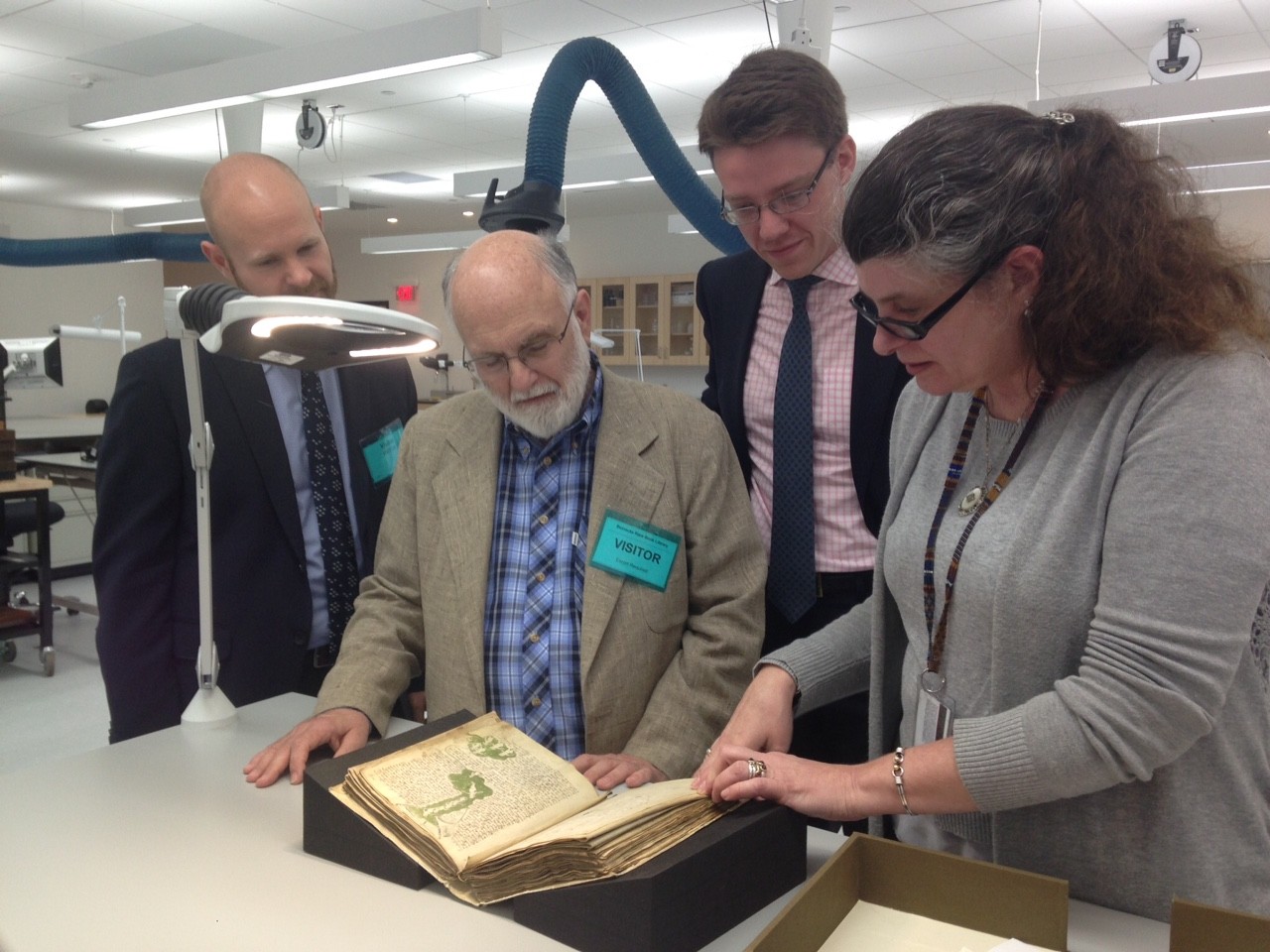Visual Representations in Mathematical Word Problem.
Types of Visual-Spatial Representations and Mathematical Problem Solving Mary Hegarty and Maria Kozhevnikov University of California, Santa Barbara Although visual-spatial representations are used extensively in mathematics and spatial ability is highly correlated with success in mathematics education, research to date has not.
Dynamic, Visual-Spatial Representation of Mathematical Problems Visual-spatial representations, as an alternative to verbal inscriptions, have been used extensively in mathematics education and as.

Although visual-spatial representations are used extensively in mathematics and spatial ability is highly correlated with success in mathematics education, research to date has not demonstrated a clear relationship between use of visual-spatial representations and success in mathematical problem solving. The authors distinguished 2 types of visual-spatial representations: schematic.

Blatto-Vallee et al. (2007) examined visual-spatial representations in mathematical problem solving for deaf children and normal. The study concluded that at the time of deaf students generate and.

First of all, it is striking that, in general, students made use of a visual representation to represent and solve a word problem on only 35% of the occasions. Apparently, students found it difficult, or were not effectively taught, to create visual representations during mathematical word problem solving. This is worrisome given the main.

Deaf students remained flat in their performance on the mathematical problem-solving task from middle school through the college associate degree level. The analysis of the students' problem representations showed that the hearing participants utilized visual-spatial schematic representation to a greater extent than did the deaf participants.

CiteSeerX - Scientific documents that cite the following paper: Types of visual-spatial representations and mathematical problem solving.

Spatial Visualization, Visual Imagery, and Mathematical Problem Solving of Students With Varying Abilities Delinda van Garderen Abstract The purpose of this study was to investigate students’ use of visual imagery and its relationship to spatial visualization ability while solving mathematical word problems. Students with learning.

THE PROCESS OF PROBABILITY PROBLEM SOLVING 179 studies also conclude that external visual representations can aid in the development of student understanding of physical systems and mechanisms. The second type of study examines the effects of student-generated diagrams on problem solving. Several previous studies have examined the effects of.

Although visual-spatial representations are used extensively in mathematics and spatial ability is highly correlated with success in mathematics education, research to date has not demonstrated a clear relationship between use of visual-spatial representations and success in mathematical problem solving.

A B S T R A C T This study examined the role of visual representation type, spatial ability, and reading comprehension in word problem solving in 128 sixth-grade students by using primarily an item-level approach rather than a test-level approach. We revealed that compared to students who did not make a visual representation, those who produced an accurate visual-schematic representation.

A study involving 66 sixth-graders with learning disabilities, average achievers, and gifted students found gifted students used significantly more visual-spatial representations than the other two groups in solving mathematical problems. Students with learning disabilities used significantly more pictorial representation than their peers, a technique negatively correlated with successful.

The Problem Solving Test in Mathematics (PSTM) and Solving Mathematical Problems the Spatial-Visual Ways Plan (SMP-SVW) were used as instruments of the study. The PSTM is a 24-item teacher-made test designed to measure the problem-solving performance of the subjects before and after the instruction. It contains items on age, distance, motion, geometry and work-related problems. It is a.



